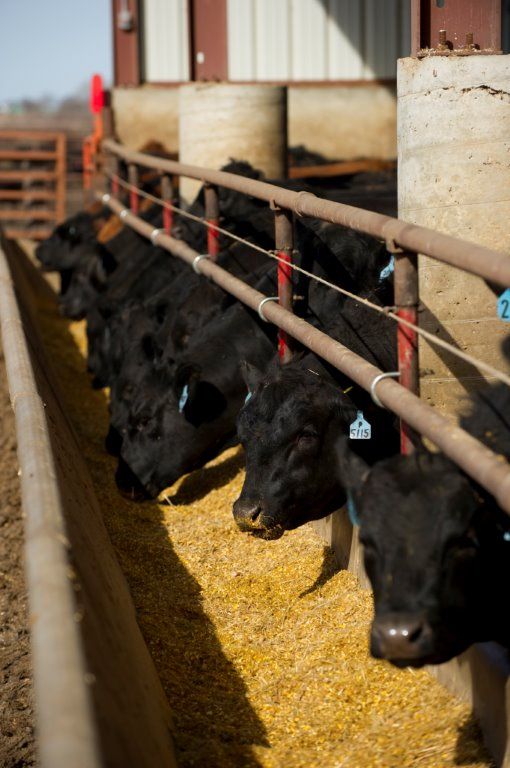National Country of Origin Labeling

Beef Feedlot
National Country of Origin Labeling (COOL)
The House Agriculture Committee has passed (38-6) the bipartisan bill H.R. 2393, which repeals country of origin labeling requirements for beef, pork and chicken. This action was taken in response to the May 18 decision by the World Trade Organization (WTO) Appellate Body against the U.S. in the case originally brought by Canada and Mexico challenging the U.S. Country of Origin Labeling (COOL) rules on meats.
The American Farm Bureau Federation and the South Dakota Farm Bureau are in support of this legislation.
Background:
A WTO Compliance Panel ruling in Canada’s favor allows the Government of Canada to seek retaliatory compensation of approximately $1.1 billion on U.S. commodities that could be targeted for retaliation in relation to the COOL dispute.
- Canada is our #2 export destination, Mexico is our #3 export destination.
- U.S. exports of agricultural products on the retaliation list exceeded $7.2 billion in 2014.
- 35% of global U.S. exports of products on the retaliation list went to Canada in 2014.
For some U.S. products, Canada is an incredibly important market:
- 25% of all fresh /chilled beef went to Canada, with a value of $770 million
- 27% of non-sour cherries went to Canada, with a value of $124 million
- 18% of fresh apples were exported to Canada, valued at nearly $200 million
- 31% of wine exports went to Canada, valued at $439 million
- $353 million in corn exports went to Canada
- Nearly $1.2 billion in breads, pastries and other baked goods went to Canada – nearly 60% of total exports of those products
There are also six non-agricultural tariff lines on the retaliation list. These products include: jewelry, tubes, appliance parts, iron grinding balls, swivel seats, wooden office furniture, and certain mattresses.The export value of these products to Canada was nearly $860 million in 2014.
For most products on the list, the U.S. is the primary exporter of that product to Canada. On average, the U.S. supplies 75% of all Canada’s imports of the agricultural products on the list.
Mexico has not yet published their list yet, but if will be very similar to Canada. This will be very detrimental to United States Agriculture.
Farm Bureau policy supports COOL on the condition it conforms with WTO rules.
Country of Origin Labeling (COOL) Timeline
2002 – Mandatory COOL language included in 2002 Farm Bill.
2003 – USDA published rule requiring labeling that specified countries where various production points occurred, e.g., born, raised, and slaughtered.
2008 – Congress includes in 2008 Farm Bill amendments to address key problems identified in previously proposed COOL rule to make it less burdensome.
2009 – Final rule takes effect. 2009 – Mexico and Canada file complaint against U.S., arguing that COOL violates U.S. WTO obligations.
2011 – Panel finds in favor of Mexico and Canada for several reasons.
2012 – WTO Appellate Body also finds U.S. out of compliance.
2012 -- May 23, 2013 Compliance date set.
March 2013 – USDA proposes new rule that is very similar to original 2003 rule.
May 2013 – USDA finalizes rule with additional labeling requirements, including the country locations where the animals were born, raised and slaughtered.
October 2014 – WTO Dispute Settlement Panel decision against the U.S. on amended COOL rules.
May 2015 - WTO rejects a U.S. appeal of its decision that COOL on meat unfairly discriminates against meat imports and give the advantage to domestic meat products.
May 2015 - The House Agriculture Committee, on a 38-6 vote, reported legislation, H.R. 2393 , which repeals COOL requirements with respect to beef, pork and chicken. ?